Earliest meeting: Tuesday 20th April 1613
Final meeting: Tuesday 19th July 1887
Early records indicate that a meeting was held at Woodham Moor in Durham before 1613. This is known to be the case because a paper of that year recorded that 'horses have to weigh in at the usual weighing place on Woodham Moor' for the meeting which took place on Tuesday 20th April 1613, the Tuesday of Passion Week, after Palm Sunday. The course was an oval of circumference one mile on a sound surface of grassland, with a sprint section of 6 furlongs which was flat. Durham was unusual for that time in history, offering a £50 Gold Cup. On 6th April 1617 King James I travelled to Durham Castle where he stayed for a short period, attending a race meeting at Woodham Moor on 21st April 1617 when William Salvin's horse defeated Master Maddocks for a Gold Purse. The first time the Racing Calendar mentions Durham races was in 1773, although Racing Calendars had been issued as early as 1727 by John Cheny, and it is well known that the inaugural meeting on the Smiddyhaughs was in 1733. Racing continued until 1851 when there was a two-year break before racing returned in 1854. It held a single meeting in 1859, and again in 1864 for a prolonged period until its final meeting in 1887. The track was situated on what is now the University recreation ground of Smyddyhaughs and was described as a 'tight little circular track'. Durham struggled for popular support throughout its operation, but enjoyed tremendous sponsorship by some wealthy northern families, notably the Lambtons, Vyners and Shaftos.
This racecourse is covered in Volume 1 of Racecourses Here Today and Gone Tomorrow. Ordering details shown below.
Lord Strange, Sir R Henderson, Sir William Dalston, Sir William Wilson, Sir W Vavalour, Honorable J S Barry, Sir R Wynn, Lord Londonderry, Major Healey, Marquis of Londonderry, Lord Kelburne
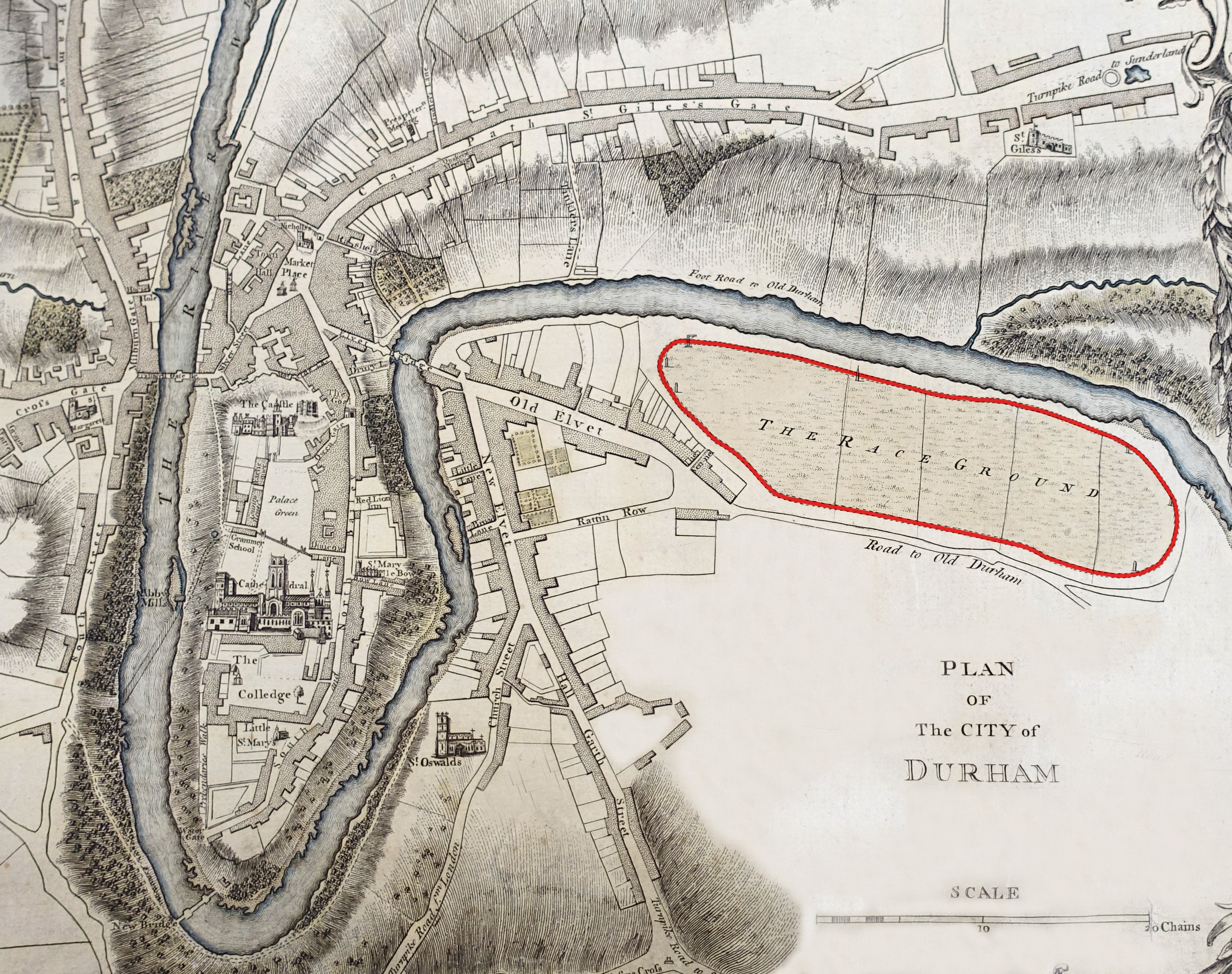
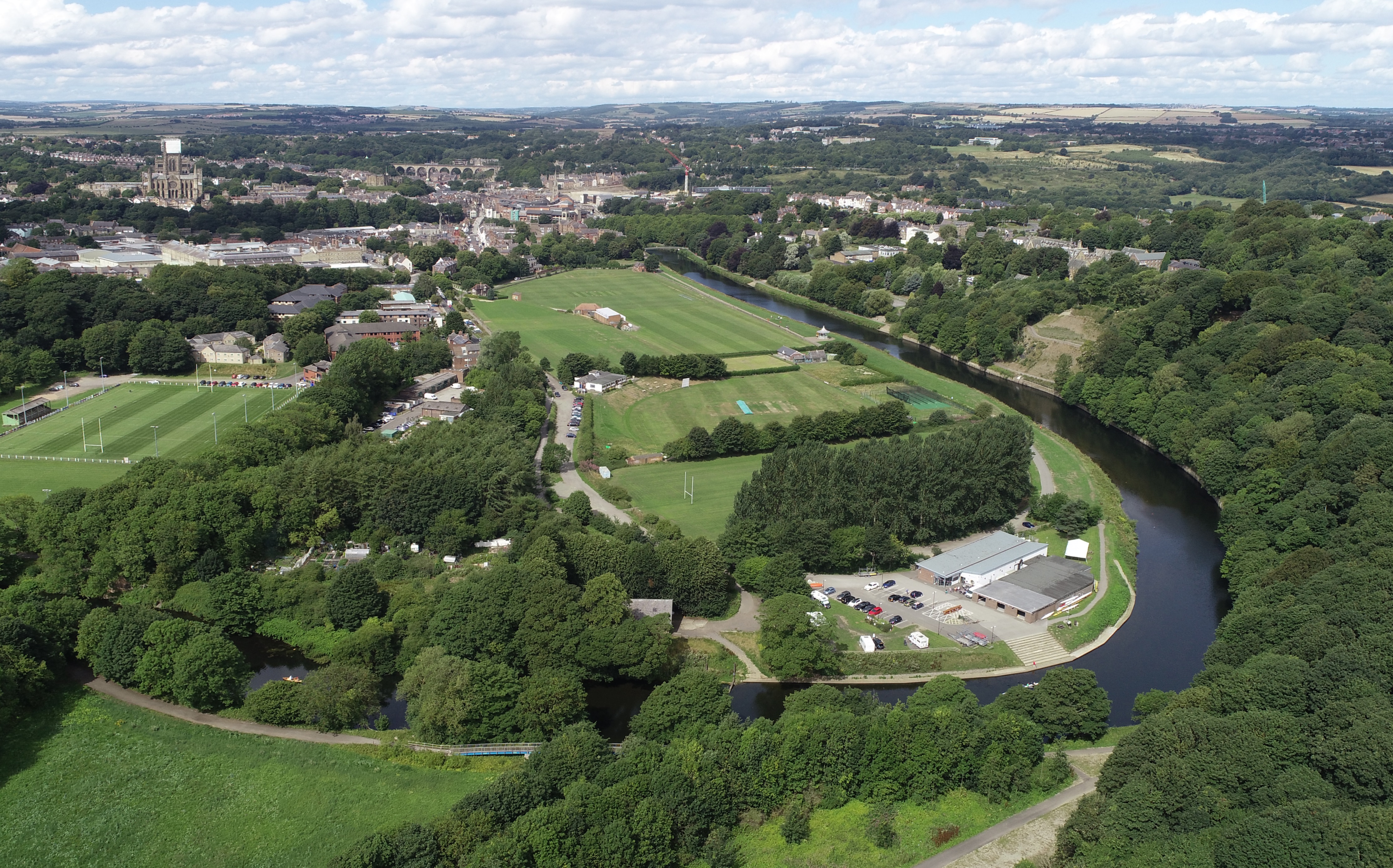
Baily’s Racing Register first provided detailed results from races held at Durham in 1733, with the meeting being held in July and the result shown below. The 'Victoria History of Durham' records that the first races on the Smiddyhaughs, now the University cricket ground, took place in 1733.
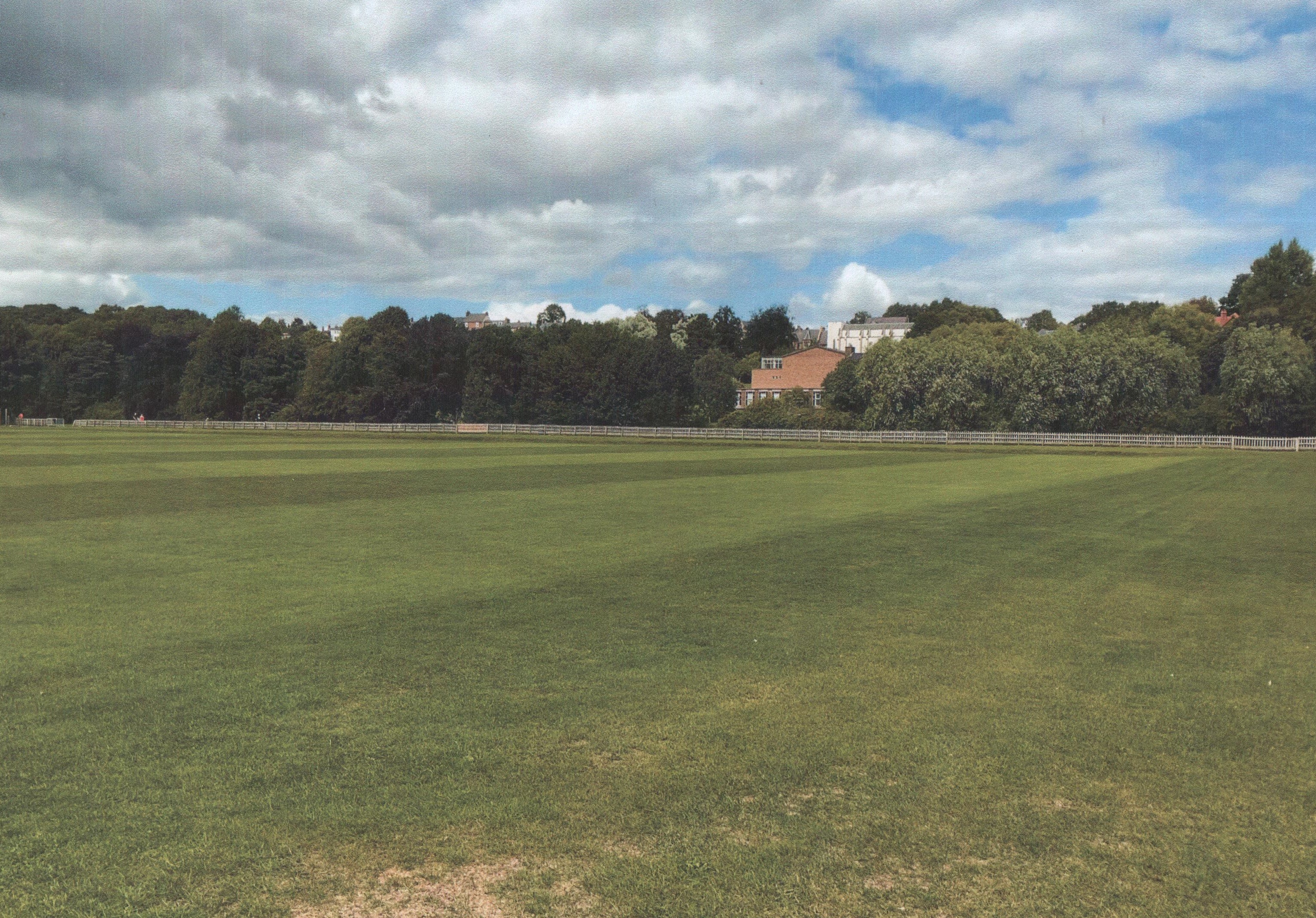
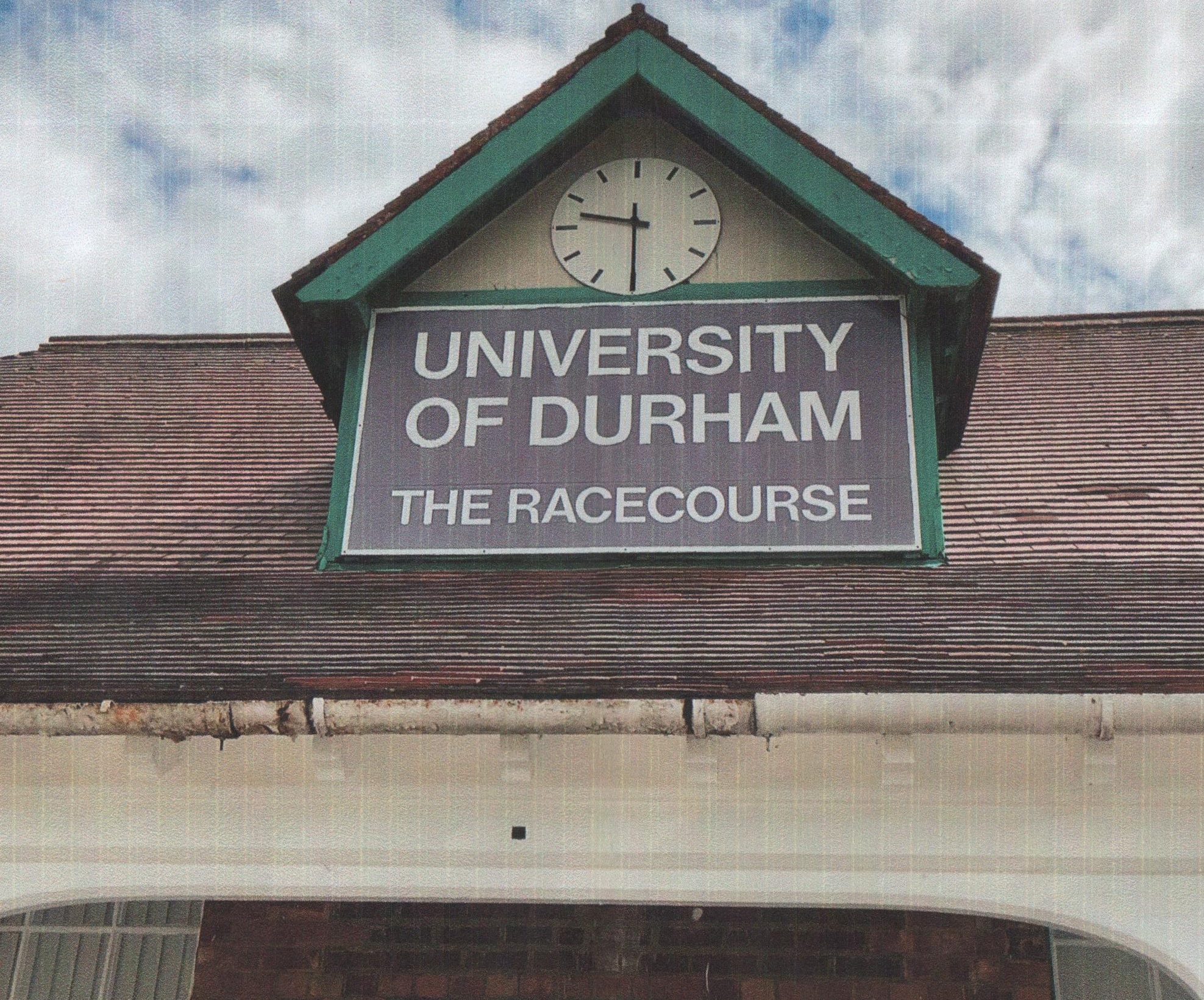
Friday 10th to Monday 13th July 1733
Durham Four Year Old 30 Guineas Purse
1. Swaddler owned by Mr Langley
Durham Five Year Old Ladies Purse
1. Creeper owned by Mr Hutton
2. Bumper owned by Captain Appleyard
Durham 50 Guineas Purse
1. Faustina owned by Mr Jenison
2. Sweepstakes owned by The Duke of Bolton
3. Thumper owned by Mr Pennyman
Prior to 1733 it was not the norm to have one official Judge, but at Durham Races in 1733 the limitations of this policy were well illustrated. There were 6 Judges, or ‘triers in the Chair’ that day when two horses finished so close together in the Durham Stakes that 3 of the Judges thought that one horse had won, and the other 3 thought that the other horse had prevailed. In the end the Stake was divided to avoided appeals to Newmarket.
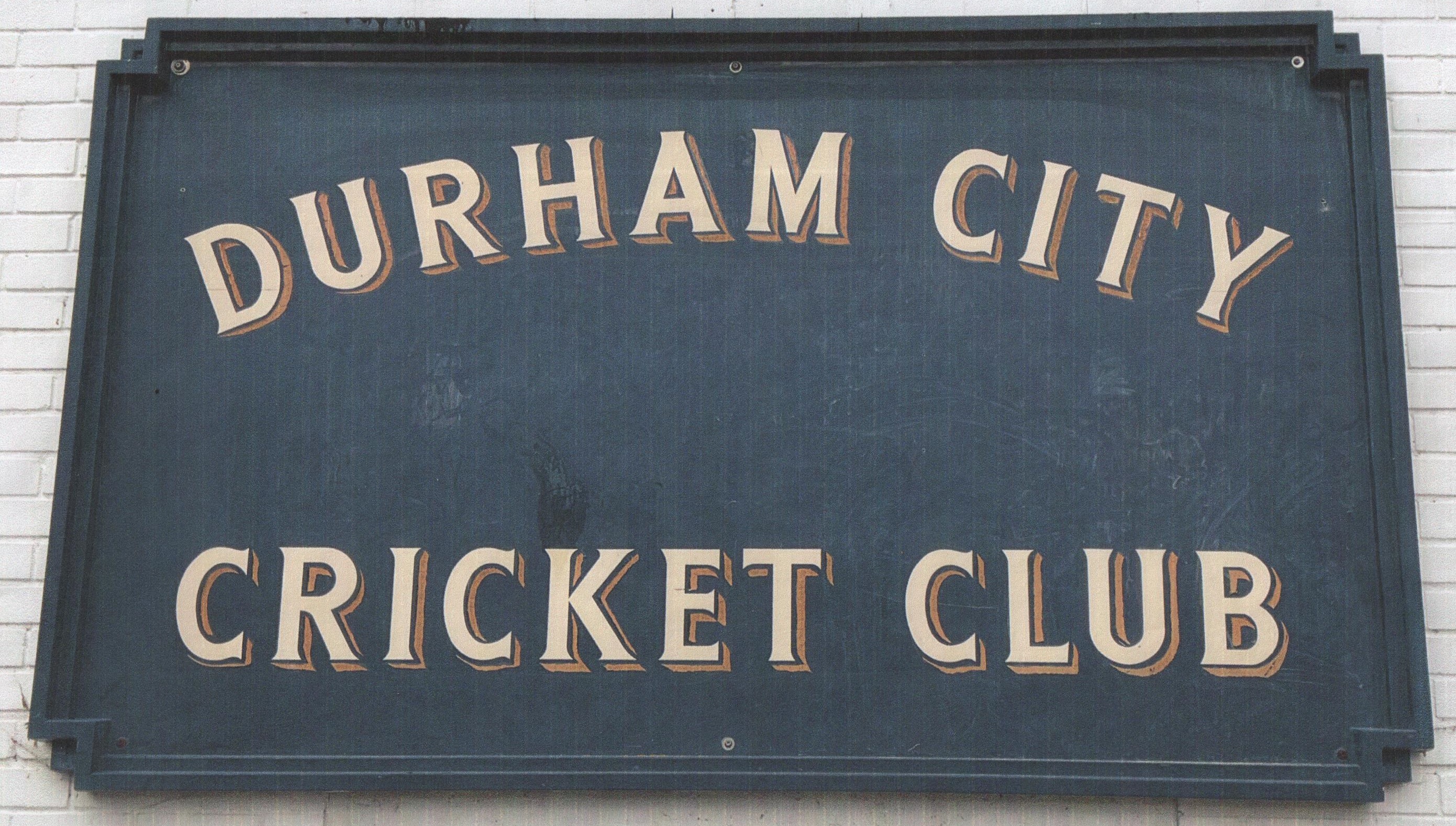
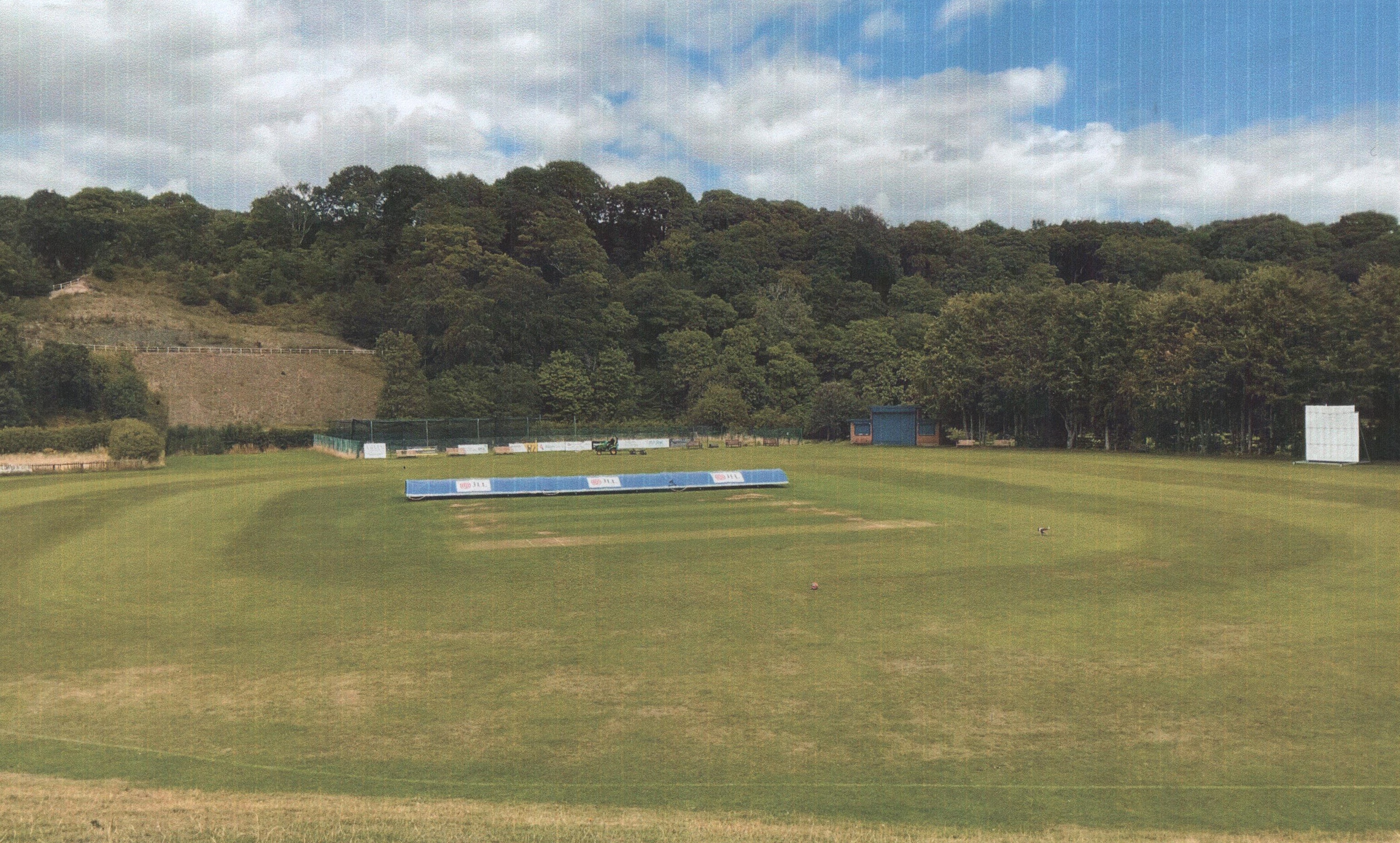
19th to 24th July 1762
Durham 2 mile Purse
1. Gentle owned by Mr Hewetson
2. Patch owned by Mr Dixon
3. Batchelor owned by Sir William Dalston
Durham 2 mile Stakes
1. Flashing Molly owned by Mr Pearson
2. Druid owned by Lord Strange
3. Figure owned by Mr Cunningham
Monday 15th to Saturday 20th July 1782
Durham Freemen & Innkeepers Purse over 4 miles
Shepherd owned by Mr Carter
Mut-O-Mint owned by Mr Barry
Anybody owned by Mr Fenwick
Thursday 6th, Friday 7th May and Saturday 8th May 1824
The Whitton Hunt Stakes over 2 miles
1. Rallyasco owned by Mr D Lambton
2. Eliza owned by Mr J Burrell
3. John O’Gaunt owned by Mr M Woodfield
The Welter Cup over 2 miles
1. Tom Paine owned by Mr Watson
2. Kate owned by Major Healey
3. Pecunia owned by Mr Lambton
The Durham Silver Cup, value 50 guineas, over 2 miles
1. Bigottini owned by Lord Londonderry
2. Sir Roger owned by Mr Brotherton
3. German owned by Mr Lambton
In 1809 the Durham Gold Cup, over 3 miles, was contested for the first time. The inaugural winner was Whitworth owned by Mr Shafto. Subsequent winners are shown below:-
1810 Laurel Leaf owned by Mr T Duncombe
1811 Laurel Leaf owned by Mr T Duncombe
1812 Laurel Leaf owned by Mr T Duncombe
1813 Cap-a-Pee owned by Mr Maitland
1814 Biddick owned by Mr Dawson
1815 Arabella owned by Mr Fletcher
There was then a lapse in the running of the Gold Cup until 1829 when Felt, owned by Mr J scott, was victorious. It was run for a further 8 years, with the Duke of Cleveland’s Jordan being the final winner.
In 1820 the Durham Silver Cup was contested for the first time. The inaugural winner was Lord queensberry’s Fair Helena. Subsequent winners are shown below:-
1821 Cavalier owned by Mr Lambton
1822 Cavalier owned by Mr Lambton
1823 Wanton owned by Mr J Ferguson
1824 Bigottini owned by Lord Londonderry
1825 Caccia Piatti owned by Mr Russell
1826 Forester owned by Mr Portman
1827 Don Antonio owned by Mr Skipsey
1828 Robin Hood owned by Mr Golden
By 1829 the Cup had reverted back to the Durham Gold Cup, with winners shown above.
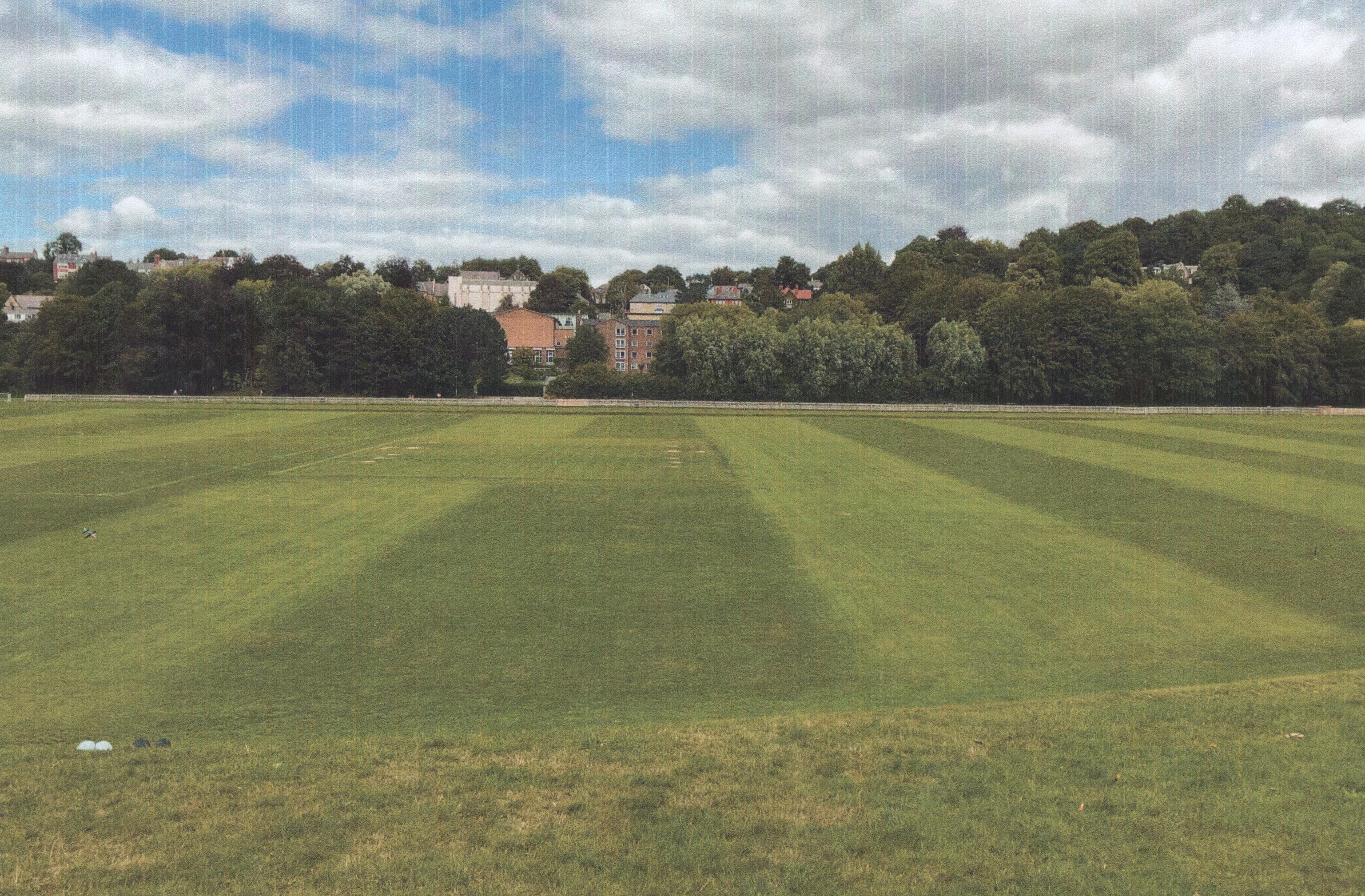
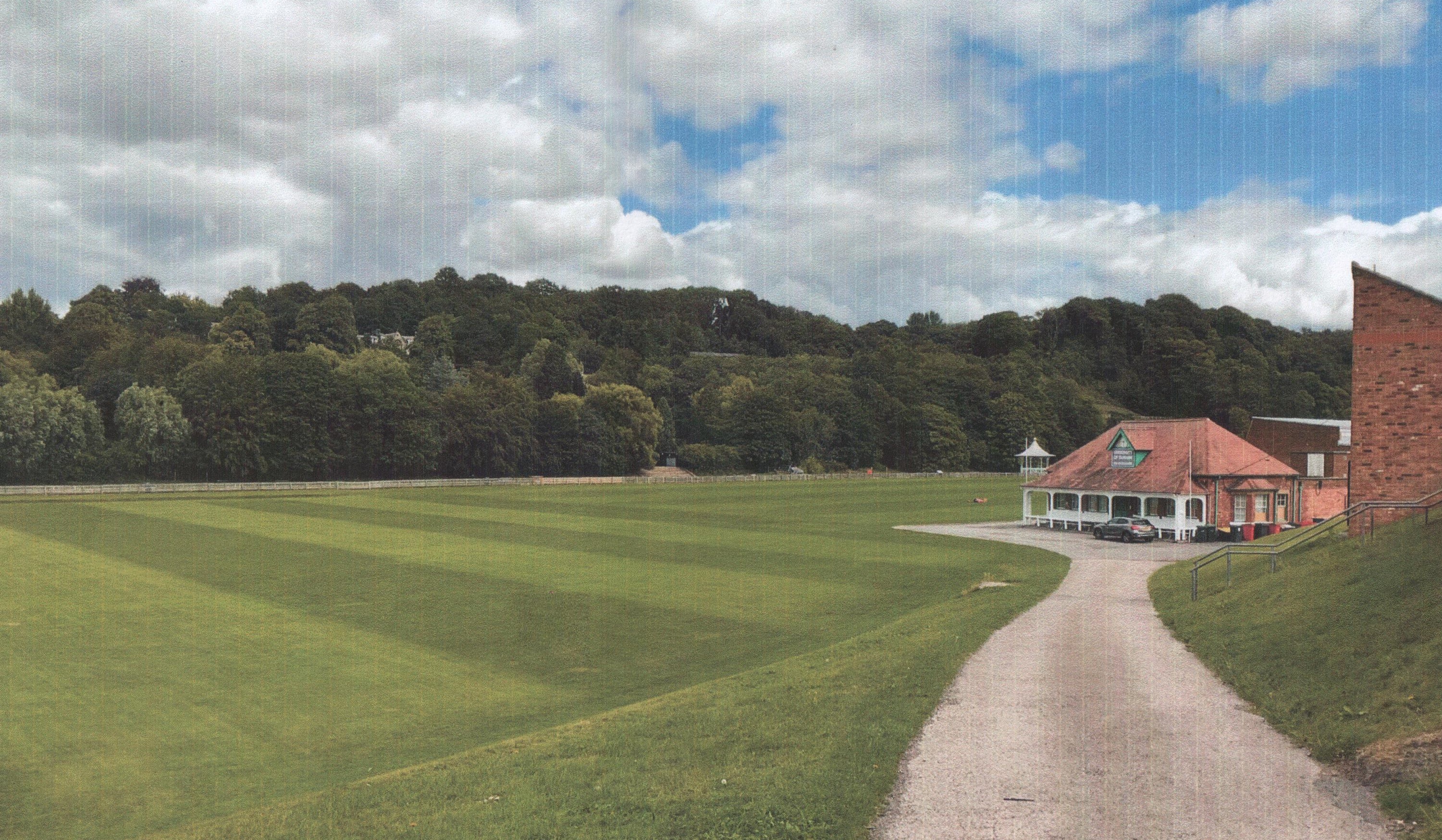
I am grateful to Ordnance Survey (© Crown Copyright) for permission to use the map shown below.
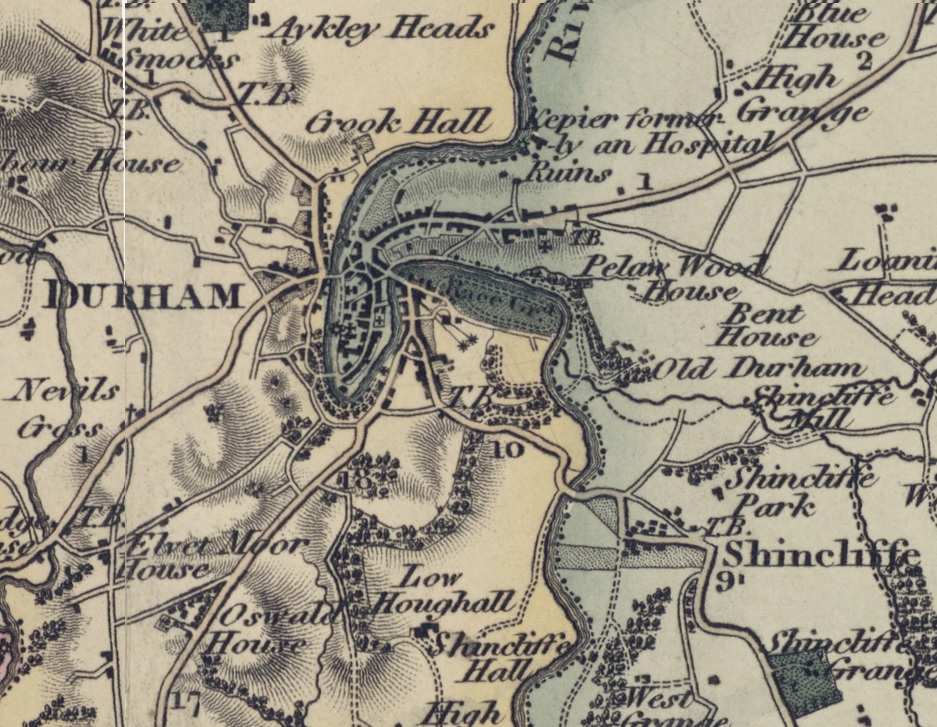
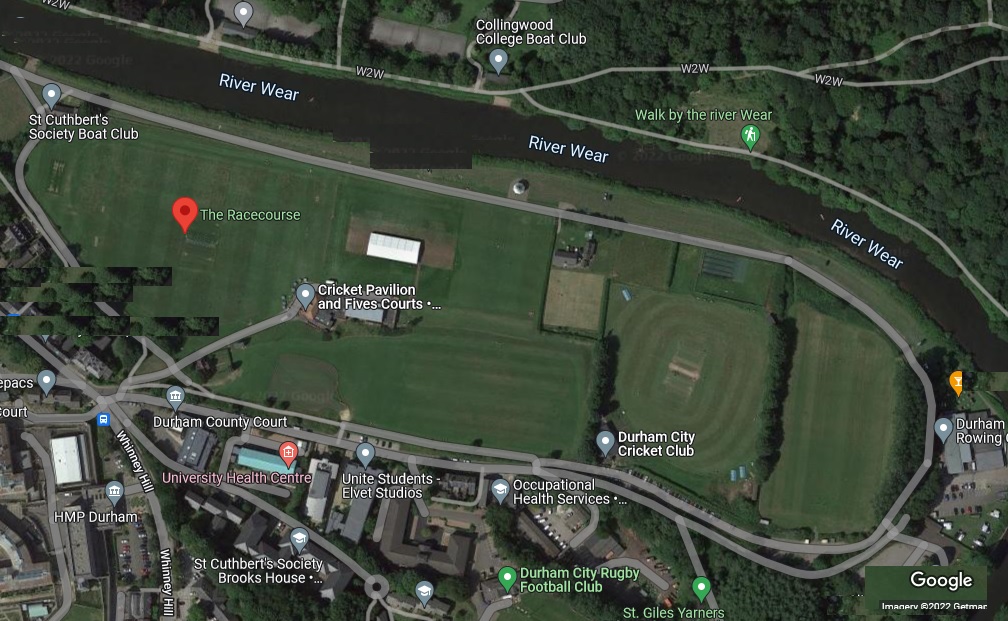
Much of the information about this course has been found using internet research and is in the public domain. However, useful research sources have been:-
Northern Turf History Volumes 1-4 by J.Fairfax-Blakeborough
The Sporting Magazine
A Long Time Gone by Chris Pitt first published in 1996 ISBN 0 900599 89 8
Racing Calendars which were first published in 1727



